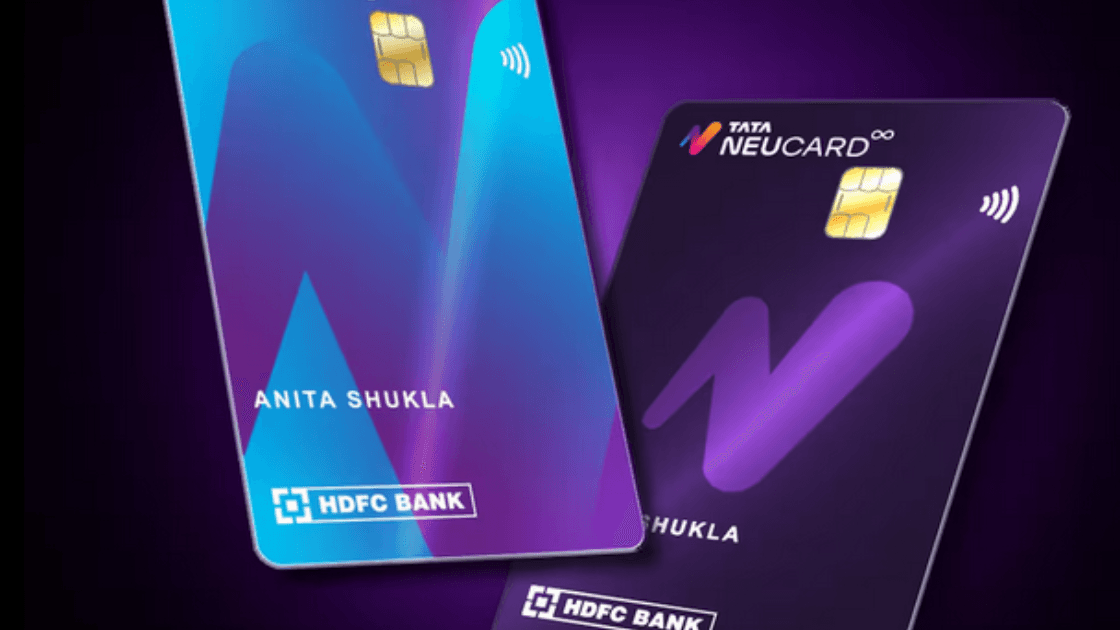
Cards
•04 min read

UPI has changed the way we make payments in India. Its ease, security, and real-time processing have made everyday transactions smoother. Nowadays, many users are exploring new ways to enhance convenience by linking their credit cards to UPI. This guide explains how to link a credit card to UPI India and outlines the benefits and potential limitations of this innovative payment method.
UPI, or Unified Payments Interface, is a real-time payment system developed by NPCI. It allows instant money transfers between bank accounts using mobile applications. Enjoy quick, secure, and hassle-free transactions that make your everyday spending a breeze! Recently, there has been an exciting development: credit cards, specifically RuPay cards, can now be integrated with UPI. This integration merges the convenience of credit with UPI’s quick payment capability, offering users a modern payment solution.
Linking credit cards to UPI brings several advantages. First, it provides enhanced payment flexibility by allowing users to utilize their credit limits for transactions. Moreover, many credit cards offer rewards, cashback, or NeuCoins benefits on UPI payments, adding extra value to everyday spending. Transactions are highly secure, with encryption and UPI PIN authentication ensuring your sensitive data remains confidential. This feature is especially appealing to merchants and consumers who prioritize speed and security in their payment methods.
Before starting the process, there are a few key requirements to keep in mind. You need a RuPay credit card, as currently only these cards are supported for UPI linkage. Additionally, you require a UPI-enabled app such as PhonePe, Google Pay, or Paytm. It is also crucial to have a mobile number registered with your credit card. Meeting these pre-conditions makes the setup quick and hassle-free.
PhonePe: Open the app and navigate to the Payment Methods section. Choose the option to "Add Credit Card." Enter your card details, then verify them using the OTP sent to your registered mobile number. Finally, set up a UPI PIN for your credit card.
Google Pay (GPay): Launch the app and tap on Payment Methods. Select the option to "Add Credit Card" and enter the necessary card details. Complete the process by authenticating with the OTP and establishing your UPI PIN.
Paytm: Access the app and go to the Bank Accounts & Cards section. Pick "Add Credit Card," provide your card details, and verify your card through an OTP. Conclude the process by creating a UPI PIN.

While the process is generally smooth, errors may occur. A common issue is entering an incorrect OTP. Always ensure you are using the correct number linked to your card. Another potential hurdle is using a non-RuPay card; these are not supported for UPI linkage as of now. Lastly, outdated app versions might cause compatibility problems. Updating your app before initiating the linking process can often resolve such issues.
There are several attractive benefits to linking your credit card with UPI. You can make instant payments and enjoy the convenience of using your credit limit for everyday transactions. Many users earn rewards, cashback, or NeuCoins on their purchases, turning routine spending into a rewarding experience. Enhanced security is another important factor, as transactions are encrypted and protected by a UPI PIN. Moreover, this method allows simplified payments to merchants without having to share sensitive card details.
It is important to be aware of a few limitations. Some merchants may impose transaction fees for credit card-linked UPI payments. Additionally, if the credit card balance isn’t paid on time, interest charges may apply. There are also transaction limits imposed by your credit card’s available limit. Finally, credit card-linked UPI payments are mainly designed for merchant transactions and may not be the best option for peer-to-peer money transfers.
Several UPI apps have embraced the RuPay credit card linkage. Apps such as BHIM, PhonePe, Google Pay, Paytm, and Mobikwik let you add your RuPay card, making it easy to manage your finances while earning rewards on transactions.
Many banks now offer RuPay credit cards that support UPI linkage. For example, if you hold a Tata Neu HDFC Bank Credit Card, you can easily link it using the steps mentioned earlier. Other banks also provide similar features, ensuring that a broad spectrum of users can benefit. With continuous enhancements in service, linking your credit card to UPI is becoming more accessible.
-ed507771-df04-4fb3-9af5-bae11cb611a6.png&w=3840&q=75)
The future of UPI payments looks promising. There is potential for expanding credit card linkage to other card networks like Visa or Mastercard, as efforts by NPCI continue to make UPI more inclusive. This evolution is set to empower users even further by comfortably merging conventional credit card benefits with the simplicity of UPI transactions.
Open PhonePe, navigate to Payment Methods, select Add Credit Card, enter your card details, verify via OTP, and set up your UPI PIN.
Currently, only RuPay credit cards are supported. Visa and Mastercard might be considered in the future.
Some merchants may impose transaction fees, and interest charges can apply if the credit card balance is not paid on time.
Ensure your Tata Neu HDFC Bank Credit Card is a RuPay card, then follow the steps within your chosen UPI app to add and verify the card.
Transaction limits depend on your credit limit and merchant-specific restrictions.
This guide emphasizes how to link a credit card to UPI India to enhance payment flexibility, rewards, and security. With simple steps across various UPI apps, users can benefit from the convenience of turning their credit limits into a tool for daily transactions. While there are promising advantages, it is essential to be mindful of potential charges and restrictions. The evolving landscape of UPI payments is set to bring even more enhancements, aligning with Tata NeuMoney’s commitment to provide thoughtful and empowering financial solutions for every user.